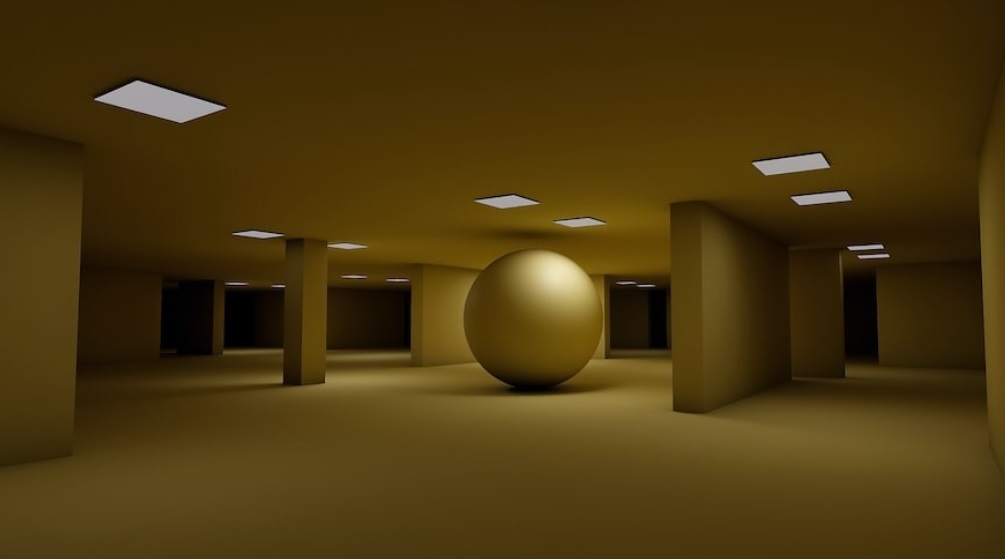Are you a beginner photographer and thinking about techniques that can improve your pictures? Try loop lightning! This is the best option for beginners because it doesn’t require much knowledge.
When you get results, don’t stop there. Explore how photo editors work. For example, you can read about how to tilt an image in Photoshop on Skylum’s blog.
Let’s talk in detail
Loop lighting is one of the most popular lighting schemes in photography. The idea is this: the light should fall on the subject so that the shadows on one side and the other side of the nose are spread out. So we get a loop of shadow, which is the reason for the name of this method. The intensity of the shadow in turn depends on how you place the light, its type, the amount of ambient light, the presence of other light sources, and so on.
What is the best way to do it?
This type of lighting would be good, for example, if you wanted to create a cute and charming portrait, for a young girl. It can easily be created outside with daylight or using just one light in the studio.
This simple way allows you to spend less time arranging and lighting and allows you to communicate more with your subject to get to know them better and portray their character in the portrait.
Why, by using this particular method of lighting, will you be able to create a cute portrait? Loop lighting falls very softly on the subject’s face, making their features less nuanced. But the amount of light and shadow is enough to emphasize the virtues of the subject’s face.
Using other techniques gives more shadow and makes the portrait more dramatic. In that situation, you need to understand what effect and result you and your subject want to achieve.
Where do you need to start when using the loop light method?
You as a beginner photographer need to experiment a lot while shooting to learn how to expose the light and use it. If you quickly figure out this method and get a good result, therefore advertising from the subject of the photograph. You can use this kind of portrait at the beginning of your work as a basic look while you continue to learn something else.
I advise you to try and use adding a second light or reflector during the shoot if you have time to experiment. This way you can get different portraits using different additional techniques.
The sequence of your actions should be as follows:
- Preparing for the photo shoot. You need to make sure that you are ready for a photo shoot in this style before the subject arrives. Pay attention to the ambient light and the background. You need to figure out if you will have enough available lighting. You may need to add light sources for an effect. Understand how you need to position your subject and the lighting around it. Make sure all equipment is technically sound and set up. How you prepare for the photo shoot directly depends on whether it will be successful or not.
- Setting up. After your subject arrives, you need to position them in different positions for proper light installation. The light should be placed to the side and higher from the subject’s face so that you get a looping light effect. After that, take a series of test shots to see if you can get everything set up correctly and get the effect right. It may take some time for such experiments, but the result you get and the success of your work depend on it. Also, explain the process to the subject, so that they understand what you are wasting your time on. If it doesn’t work for you right away and you spend a lot of time setting it up – don’t worry! Of course, you need experience to get good results. To speed up the process, use artificial or continuous light. That way you can skip the process described above and see where the shadows on the subject’s face fall.
- Changing the lighting. Let’s say you’ve already got the result of a beautiful portrait with a looping lighting effect. But you have the option of working on it some more! It’s not a must, but it might give you a better result. Try using a reflector, and experiment with its positioning. Different positioning of the reflector will give you different shadows. The difference will be slightly noticeable, but that way the same portrait can look very different.
- Using the extra technique. You can get different styles of portraits in one photo shoot. To do this you will need to add a second light. What’s the right way to position the light in this case? It should be placed outside the frame, or directly behind the back of the subject. Note that the light should only be diffused at the level of the head and shoulders of the subject. That way we can make the outline around the subject stand out in the frame. This method would be good when shooting a person with dark hair on a dark background.
Closing thoughts
Looping light is a method that is perfect for you if you are a beginner photographer. You can quickly master it, successfully shoot portraits in this style, and continue to learn the craft of being a photographer at the same time. It requires a minimum amount of equipment and saves time that would have been spent setting it up. Practice and experiment! By the way, if you need to know how to tilt an image in Photoshop, more about that is on Skylum`s blog.

Leave a Reply